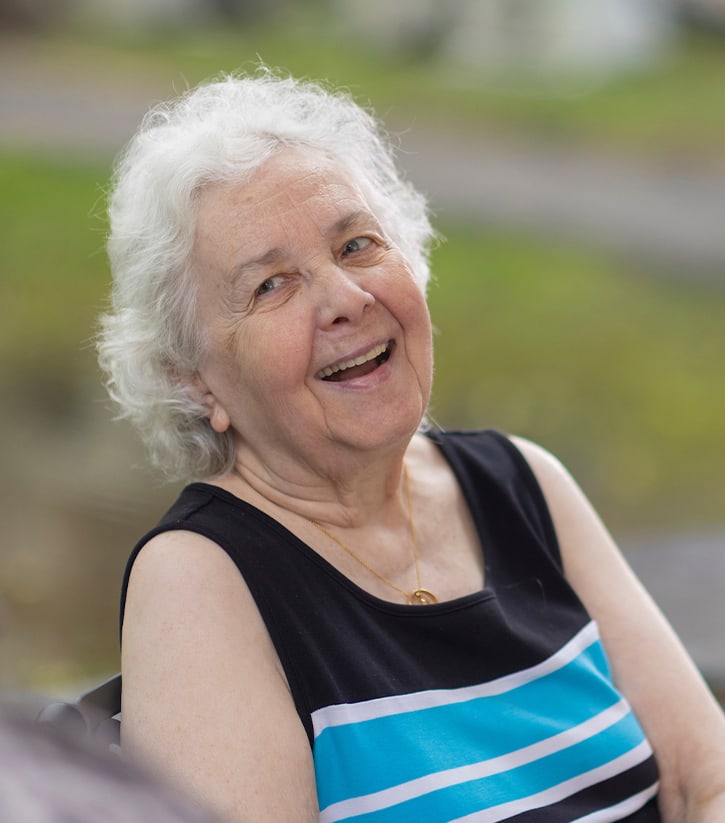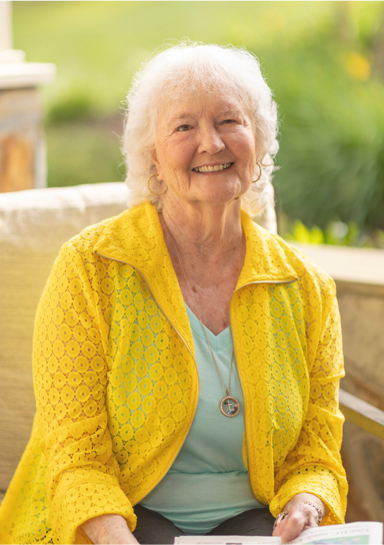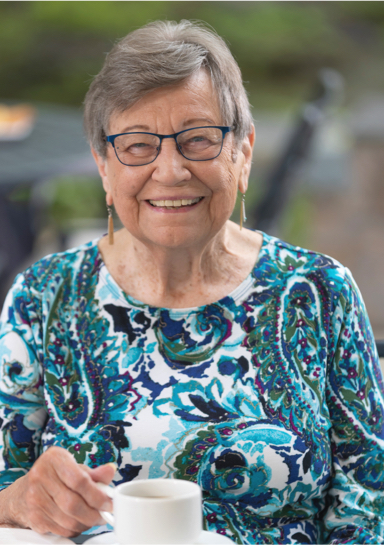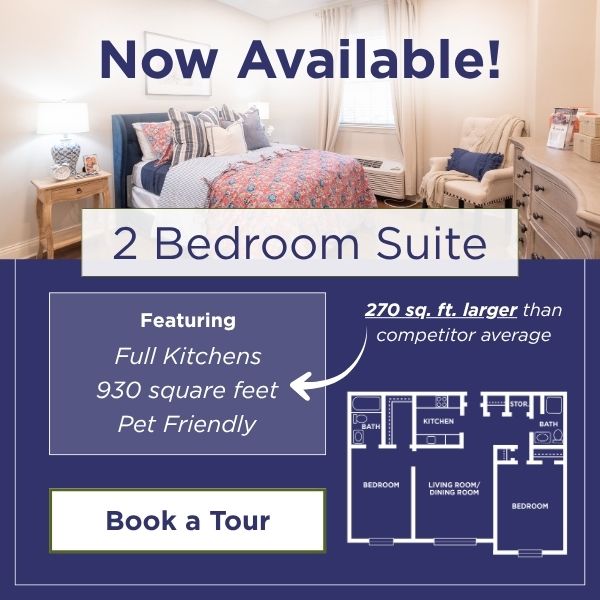The move to senior living can be extremely rewarding. Whether you’re planning for the future or looking to simplify your lifestyle, plenty of options exist for you. However, finding the right community—and the right time to make this transition—is key to maintaining your quality of life.
There’s no perfect age to move to a senior living community. However, there is a right time. Most older adults find that 62–65 is an ideal time to move to senior living. You can take full advantage of the social events, amenities, and conveniences of life in senior living.
The Basics of Senior Living
Senior living communities are specifically tailored to older adults. These communities offer a range of lifestyles, all designed to meet different needs and situations. Options range from fully independent lifestyles to communities with more structured care.
The goal of senior living is simple: to help every resident enjoy a fulfilling and engaging lifestyle. Whether you’re looking for increased freedom or more dependable support, senior living is personalized to meet every resident’s preferences and needs.
What Is Independent Living?
Sometimes, homeownership is more of a burden than it is a reward. Owning a home involves significant responsibilities every day. Between repairs, maintenance, cleaning, and more, these responsibilities add up over time, adding unnecessary stress to a person’s life.
Independent living offers a vibrant, hassle-free lifestyle for active adults who want to enjoy their retirement without stress. These communities support an active and maintenance-free lifestyle, freeing up more time so you can enjoy everyday life.
When to Move to Independent Living
Independent living can allow older adults looking to downsize or simplify their lifestyle. It’s an excellent way to gain access to:
- A community of like-minded individuals
- Social activities & community events
- On-site amenities such as fitness centers, pools, & restaurants
- Maintenance-free living, including housekeeping & landscaping services
- Opportunities to pursue hobbies, clubs, & lifelong learning activities
The decision to move to independent living is often about convenience. Most communities have minimum age restrictions, typically 55+, but these can vary depending on location. If homeownership is becoming too much of a burden, it’s likely time to consider independent living.
What Is Assisted Living?
Age can sometimes bring unique challenges into a person’s everyday life. It may become more challenging to keep up with housekeeping and meal preparation. Or, daily activities like bathing and dressing may be more frustrating due to mobility and flexibility changes.
Assisted living blends independence with personalized care to make everyday life more comfortable. If an older loved one struggles with some everyday tasks but wants to stay independent where they can, assisted living can offer personal care.
When to Move to Assisted Living
Assisted living aims to restore autonomy to older adults facing daily challenges. Each resident receives a customized care plan to outline needs and abilities clearly. Then, a team of caregivers steps in when needed to help your loved one maintain their quality of life.
While most assisted living residents are 70+, your loved one’s unique needs and the specific community are the real factors in determining the right fit.
Signs a person should move to assisted living include:
- Difficulty managing medications or missing doses
- Struggles with personal hygiene or grooming
- Increased occurrences of falls or mobility issues
- Challenges in preparing meals or maintaining nutrition
- Feelings of isolation or loneliness
- Household maintenance is becoming overwhelming
If these challenges begin to impact a person’s quality of life, it’s time to consider assisted living.

What Is Memory Care?
Cognitive changes can be subtle, but they often worsen over time. When an older loved one is showing signs of cognitive decline, memory impairment, or dementia, it’s time to consider a move to memory care.
Memory care is a specialized type of senior living. It’s specifically designed to offer a safe, supportive, and structured environment to older adults living with memory-related conditions.
Every detail, from the training of each caregiver to the physical layout, is tailored to help residents thrive. With therapeutic activities, cognitive stimulation, and supportive services, memory care can restore dignity and respect to those affected by complex conditions.
When to Move to Memory Care
If cognitive decline begins affecting everyday life, it’s time for a change. However, age-related forgetfulness is not the same as cognitive decline. So, how can you tell if a loved one should move to memory care?
Watch for signs such as:
- Frequent confusion or disorientation, especially in familiar environments
- Difficulty managing daily tasks, such as cooking, cleaning, or personal hygiene
- Wandering, getting lost, or displaying unsafe behavior
- Increasing dependence on others for routine activities
- Significant changes in mood, personality, or social behavior
These signs can all indicate that cognitive decline is at play. If your loved one is experiencing memory impairment, memory care can offer personalized support to help enrich their daily life.
Find the Perfect Community Today
Deciding to move to senior living is a personal decision, and the right time looks a little different for everyone. And whether your family is planning ahead, trying to be proactive, or actively exploring options, our team is ready to help.
Here at Heatherwood in Burke, we offer a range of lifestyle options catering to different needs. We’re proud to offer a community where everyone is welcome, and we’re ready to welcome your loved one to their new home. Schedule a visit with us today!














